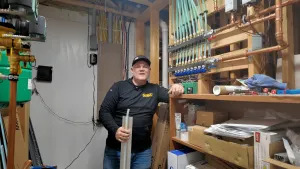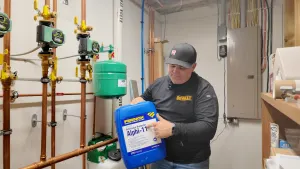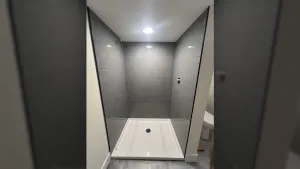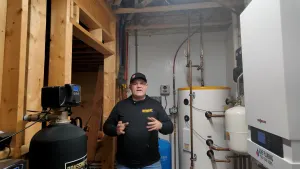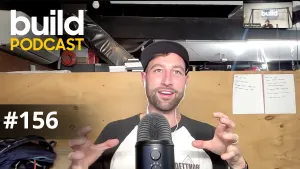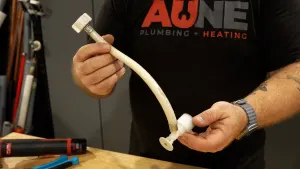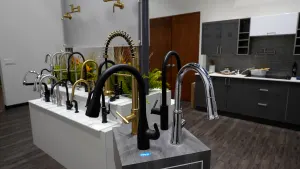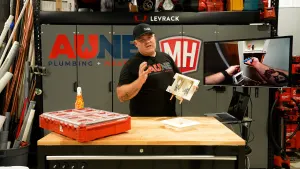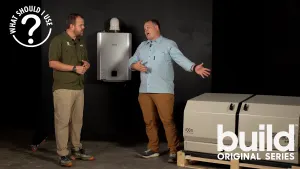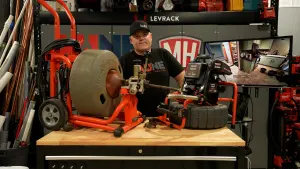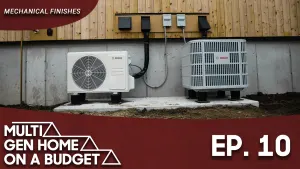How To Winterize and Maintain Your Tankless Water Heater
Tankless water heaters are fantastic units but they do need more care & maintenance than a typical 50 gallon tank heater. Here in the Southern US, I prefer to install my tankless units outdoors. This means you won’t take space in the house and you never have to worry about venting or combustion issues. Here’s a picture of a typical install for me. I like the Rheem RTG-84XLN Exterior Gas units and here’s a picture of one I recently installed on a house in Austin.

First, let’s talk about winterization:
These outdoor units work great in Texas but there can be a concern for freezing when we get weather below 32 degree weather for more than 48 hours. This advice would also apply if your tankless is in your garage, attic, or other un-conditioned space.
The units themselves are protected as long as the power is on because they have an electric heater inside the boiler that keeps the unit from freezing. However, the pipes to/from the unit are vulnerable to freezing. Pipe insulation only provides minimal protection for these pipes because of all the valves and bends. My recommendation is to buy a Easy Heat Pipe Heater Tape (and an auto control plug to turn it on/off with freezing weather) and wrap those pipes with these mini-heaters.


I tend to skip the pipe insulation so it’s easier to install this heater tape. Here’s a picture of my tankless unit that I wrapped several years ago. This mess gets covered with my beauty cover and I keep my tape on the pipes year round and just plug them in in the late Fall.

Use some strips of Gorilla Duct Tape every 4-6″ to keep the pipe heater strips close to the pipe. If you use this setup you’ll be good no matter the weather.
Maintenance:
Remember that your Tankless units needs a regular flush and cleaning! If you are on city water you really need to do this every 12-24 months depending on usage.
Thanks for reading and please don’t disregard this maintenance advice. Tankless units are fantastic, but if you don’t winterize and your unit freezes it can be disastrous. Same goes for the annual flush. If your unit scales up it’s a huge and expensive hassle to clean your pipes.

 Share on facebook
Share on facebook Tweet
Tweet Email
Email Share on Linkedin
Share on Linkedin




